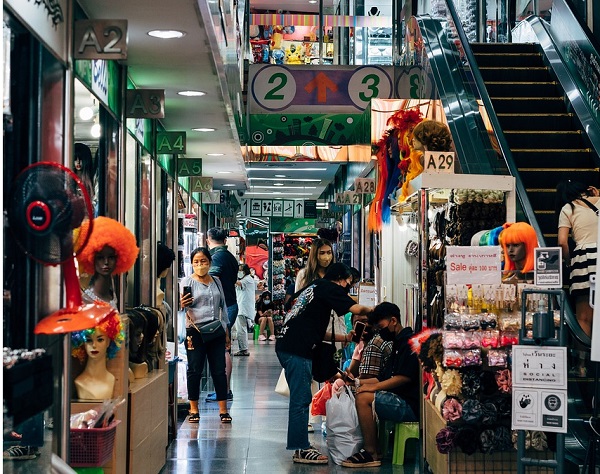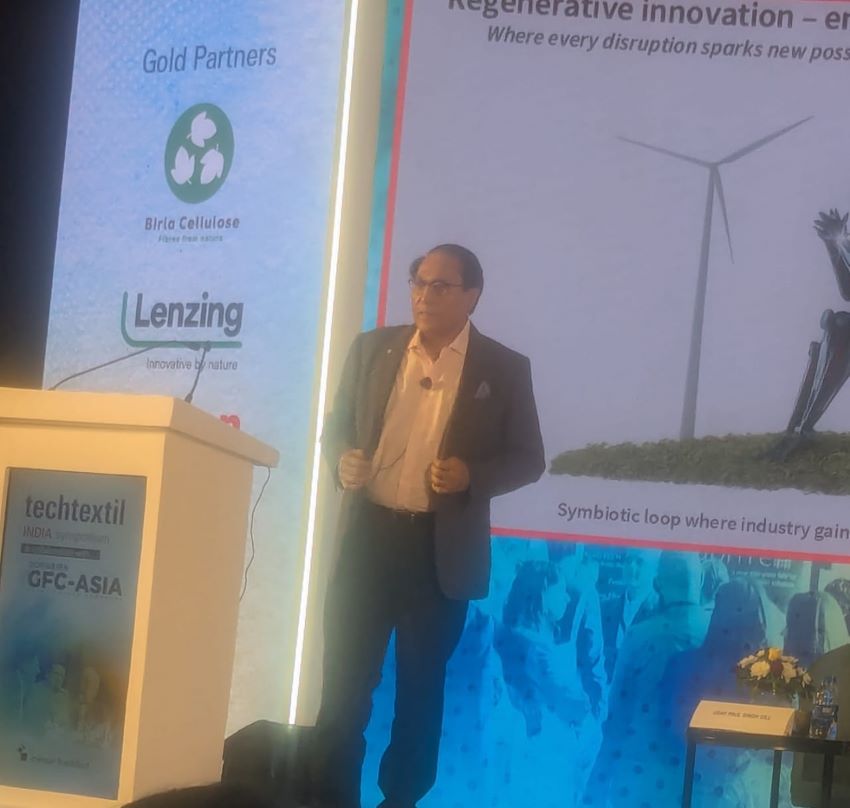
While analysts await the results of China’s textile demand in the first quarter of 2023, there seems to be some improvement in textile end-user demand compared to the second half of 2022, mainly apparent in the country’s domestic demand.
Although end-user demand graph may be close to the periodical peak of the same period of last year, it remains to be seen if this growth in fabric demand can be sustained throughout the season. There is a better-expected growth figures in East Asia and Pacific (EAP) region which is projected at 4.3 per cent up in 2023, as pandemic-related restrictions have been lifted allowing business activity in China to gradually recover.
Spring festival hiked unreliable demand
A report by CCF Group- a premier consultancy in China providing data and information for the petrochemicals, chemical fibers and the cotton textile industry- points out some important facts in China’s current growth in the apparel segment.
Firstly, exports will be difficult to improve in H1 2023 while performance in the next accounting season of H2 2023 will depend on destocking situation of the overseas market. Secondly, the sustainability issue remains unclear in this demand hike which is unreliable and the climb difficult to maintain. Also, the upcoming autumn/winter demand will be slow as last year's inventory is still unused, thus the intermediate inventory is high till May-June season is over.
Currently, business is picking up in the largest apparel wholesale market of China the Shisanhang Garment Wholesale Market in Guangzhou and Sijiqing Costume Market in Hangzhou after the pandemic. Even the Spring festival in February didn’t help much to boost sales with factories closed and workers gone home due to Covid infections, there were relatively few spring clothes at Guangzhou market.
Even when the pandemic situation stabilizes in 2023, the problems will continue for downstream wholesalers as the changing seasons is a process in which the whole store must be replaced.
South China markets are front-runners
The CCF report also points out demand in the East China textile market does not measure up to the South China textile market. This is mainly because there is a large replenishment demand after the Spring festival which is super-reinforced with a significant rebound in seasonal demand for H1 2023 whereas there is not much spring apparel in Guangzhou where brands usually directly prepare summer apparel. Moreover, the South China textile market uses a lot of cotton yarn and in spite of the cotton industry chain having declined greatly last year, price is relatively low and the market is doing well.
The printing and dyeing textile industry has greatly suffered due to the huge increase in production costs last year which has made them currently come and increase prices to repair losses. Some dyeing factories are currently rushing to hurriedly complete their old orders as they have received new orders in the first two weeks after the Spring Festival which is confusing the supply chain.
Although China’s domestic fabric demand in the spring-summer season is before time having already arrived in February, demand for seasonal fabrics such as water-jet silk-like fabrics including chiffon, spandex silk satin and CEY plain fabrics also is unreliable and unsustainable.
Textile demand in the first half of the year is mainly divided into three categories of export: seasonal fabric demand and autumn and winter fabric stock preparation demand. However, there is poor demand for autumn and winter stock preparation in H1 2023 compared to the current good demand. The pandemic had destroyed Guangzhou as logistics were not smooth, and missed the last winter sales time.
Demand in the post Zero Covid lockdown phase for the coming seasons looks unpredictable but it’s only a matter of time till the autumn-winter 2023 -season’s loss and profit balance sheet will show if China will soon be back to its former glory in the global apparel export segment.












